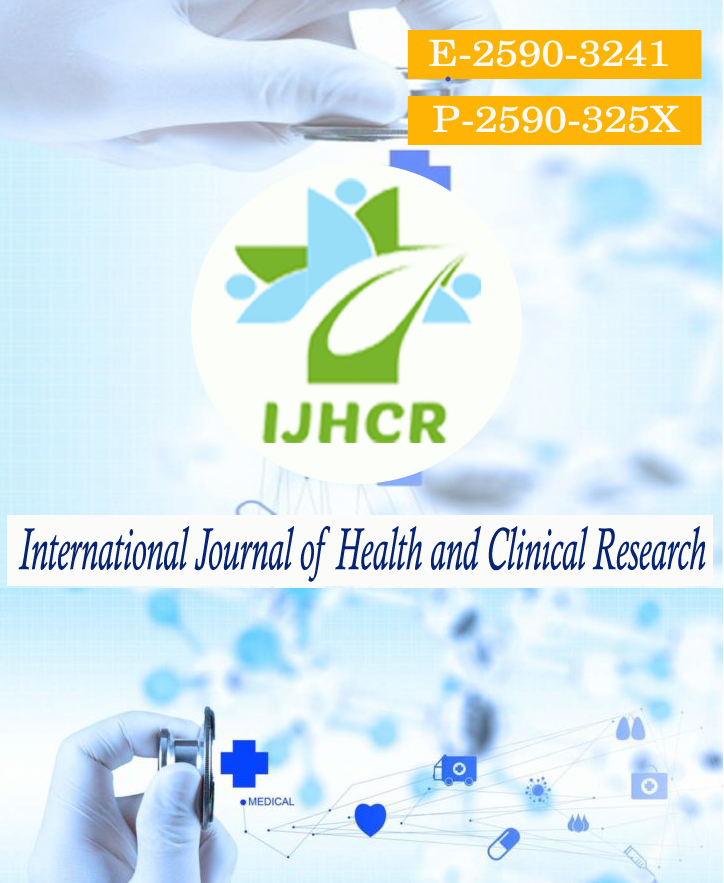Plasma Fibrinogen Levels in Type 2 Diabetes and Diabetic Nephropathy
Keywords:
Diabetes Miletus, Diabetic Nephropathy, Salic acid, Fibrinogen.Abstract
Diabetes is one of the most common chronic hyperglycemic syndromes, affecting nearly 347 million people worldwide. If unchecked, by 2025, it is expected that diabetes will reach epidemic proportions, affecting 333 million people globally. Much of this increase is expected to occur in developing countries including India. Serum sialic acid levels correlate positively with albuminuria, hence serum levels are raised even before clinical nephropathy is diagnosed.Another biological marker of DN is fibrinogen.Hence, the present study was undertaken to estimate serum sialic acid & plasma fibrinogen levels in DM & DN and to know whether these levels could be used as early predictors of DN.Objectives: To estimate Serum SA, Plasma Fibrinogen levels, FBS, HbA1c, Lipid profile, atherogenic ratios, Blood Urea, Serum Creatinine, eGFR& Urine albumin/Creatinine ratio in type 2 DM, DN patients and healthy controls.To correlate Serum SA and Plasma Fibrinogen levels with FBS, HbA1c, Lipid profile, Blood Urea, Serum Creatinine, eGFR and urine A/C ratio in type 2 DM and DN patients.To find out whether the levels of Serum SA and Plasma Fibrinogen levels can be used as markers for the early diagnosis of DN.Methodology:A case control study includes total of 150 patients, of which 50 were diabetic without any complications, 50 were diabetic nephropathy patients and remaining 50 were age matched healthy controls.Results: The duration of diabetes in DN patients was greater and statistically significant when compared to DM without nephropathy.The mean SA & fibrinogen levels in DN patients were increased &statistically significant when compared to DM without nephropathy.
Downloads
Published
How to Cite
Issue
Section
License
Copyright (c) 2021 Shilpa A, Ayyali Ambresh

This work is licensed under a Creative Commons Attribution 4.0 International License.






 All articles published in International Journal of Health and Clinical Research are licensed under a
All articles published in International Journal of Health and Clinical Research are licensed under a 